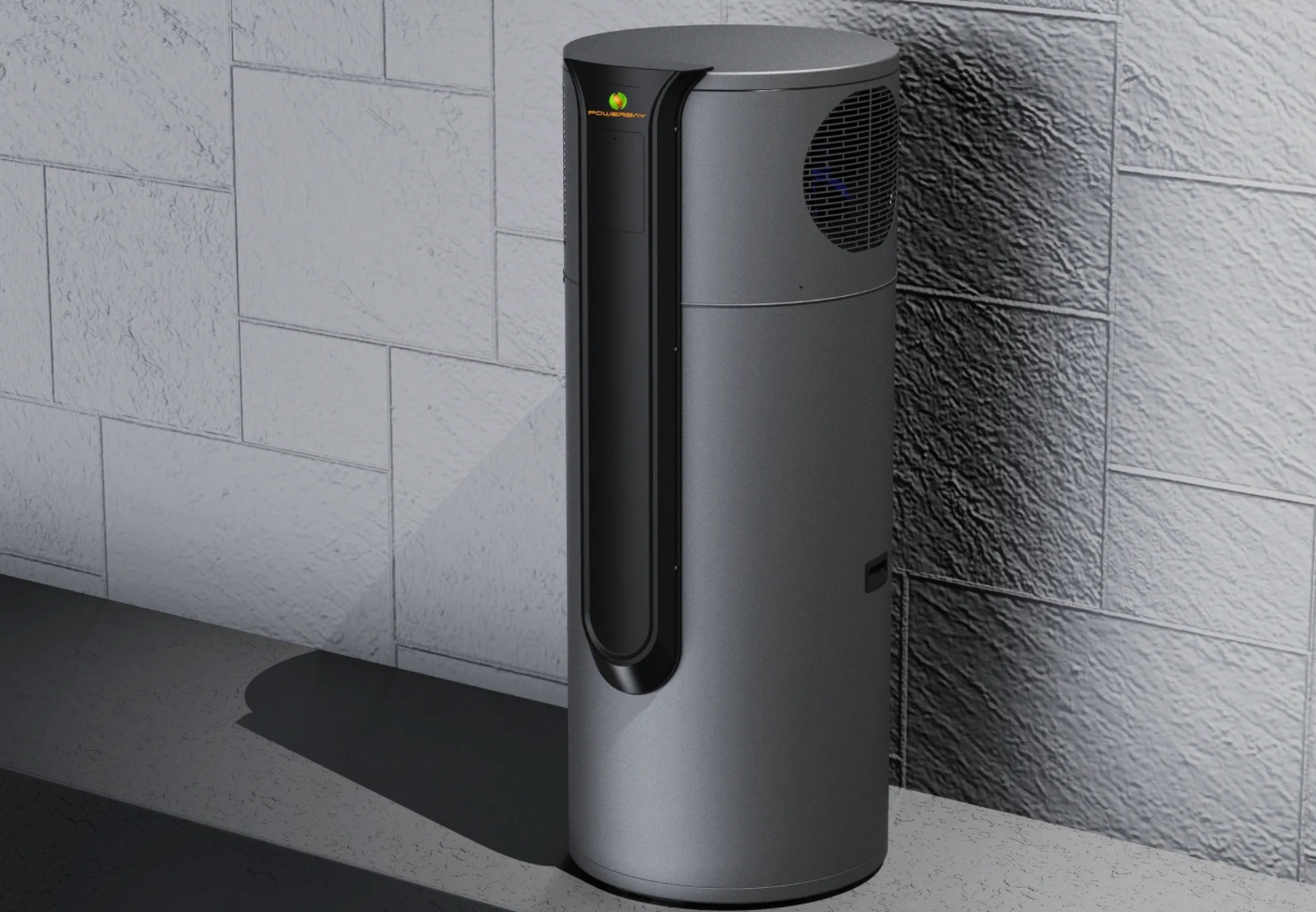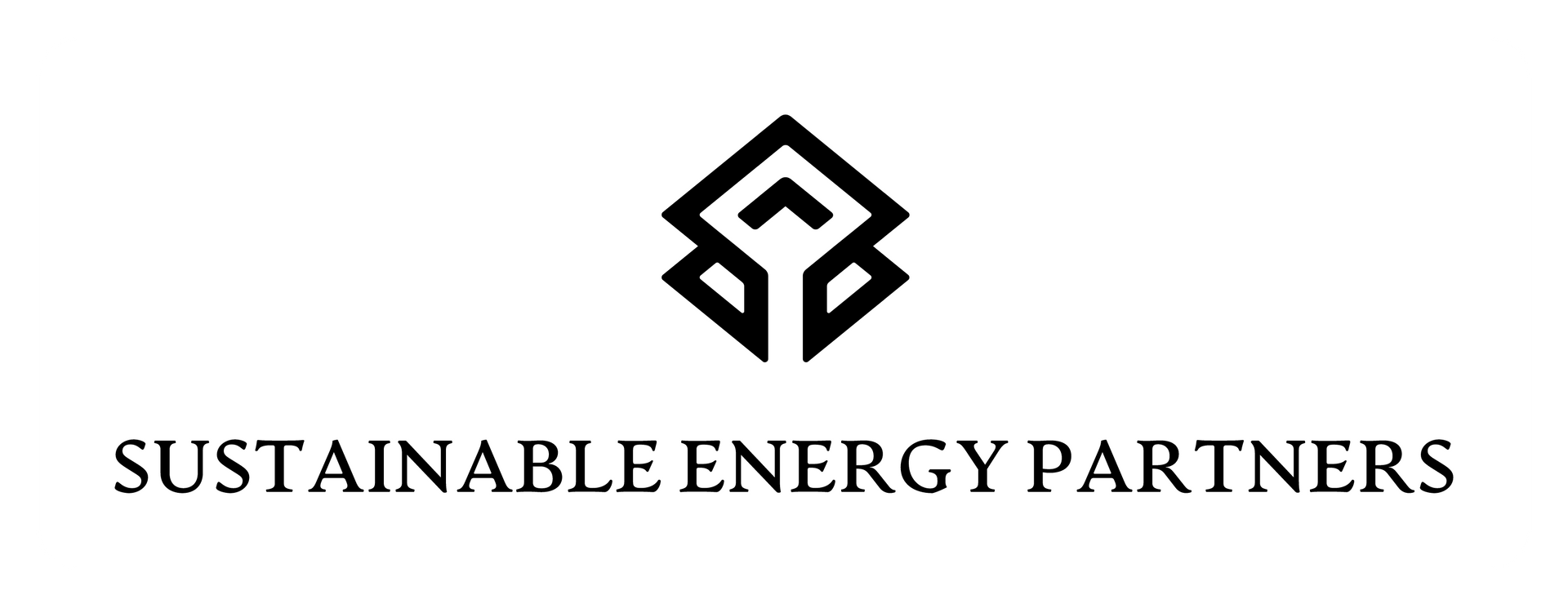The Future of Food: Green, Less Mean
If empty meat isles over the last few months at supermarkets aren’t enough to tell you that the majority of people are carnivores, I don’t know what will. For those that refrain from meat due to the harming of animals, then what I’m about to tell you may just excite you.
Advancing technology has uncovered ways to generate the staple foods we enjoy, without harming animals or the environment. That’s right, numerous technologies have been developed (and others in active development) to create meat, milk and other dietary staples without animals being involved.
Let’s take a closer look into what some of these technologies are:
Milkless Cows
Of course, milk alternatives such as soy and almond milk come as no surprise, having become readily available at cafes and supermarkets across the world. Plant-based milk provides higher profits than cow milk and the industry is worth roughly 20 billion per annum. The non-dairy industry isn’t limited to soybeans or almonds either, with more alternatives popping up all the time.
Oat milk is becoming increasingly popular which is due in part to it providing a taste and texture more akin to cow's milk. It’s also much less production and resource-intensive than almond milk which requires almost 5 litres of water to grow just one almond. Store-bought oat milk is made by combining oats with water and mixed into a fine consistency before enzymes are added which breaks the starch from the oats. It’s from there that the bran solids are removed and flavourings including sugar, minerals and vitamins are added. Some brands also opt to add oil, to help with the mouthfeel and increase fat content.
As companies continue to play around with these types of milk alternatives, the difference between them and cow's milk will become indistinguishable.
Slaughter free meat
No, I’m not talking about the plant-based alternatives such as vegan bacon which is usually made from peas, tofu or soy products. This is meat that has been grown within a laboratory, and as crazy as that sounds, the technology is ready to go. In fact, Upside Foods, a food technology company in California has been growing chicken in its kitchen via tissue samples that were taken from a living chicken, without harming it. It was from the small tissue samples that the company created boneless white pieces of chicken meat. Isn’t that amazing?
Upside Foods isn’t the only company that can see the potential with this technological feat. In fact, there are countless businesses interested including ones located in Israel and Singapore (where the Singapore Food Agency approved the sale of lab-grown chicken meat in late 2020. From then, select establishments began serving the chicken on their menu.
If you’re left wanting to know more about the process, it’s imperative to know that the product isn’t yet aimed at vegans or vegetarians and you’re about to understand why. As mentioned earlier, cells are taken from a live unharmed chicken and then immersed in a liquid solution that encourages the multiplication of the cells. Currently, the solution being used is from fetal cows (hence why this is yet to appeal to a vegan, but researchers are actively looking how they can utilise plants for the same process). The cells are left to multiply inside a bioreactor until they’re produced chicken meat, without harming any chickens.
The most exciting thing about this emerging technology is that it removes the greenhouse gas production issue that comes with standard meat production including fish. It also has the potential to meet the demands that often lead to food shortages in some parts of the world.
Microbes
Consider how popular Kombucha and Apple Cider Vinegar have become over the last few years. Both are used for their health benefits, and Kombucha is now sold as a delicious beverage found in every supermarket and cafe. Of course, there is also sauerkraut, which comes from cabbage when the right microbes (and a lot of salt) are involved.
Food technologists are now exploring the idea of ‘precision fermentation’ which enables them to choose microbes and engineer them for a specific purpose. This technological development is thanks to gene editing and sequencing, which technologists can now make use of.
Some researchers believe that if the right microbes are left in the right fermenters, it could lead to the production of saturated fats akin to coconut oil and avocado. It is worth noting that unlike meat grown in laboratories, some of the work still needs to be done outside where insects can interact with the environment, leading to pollination.
Vertical Farms
As the name suggests, vertical farms are multi-levelled growth systems that stack crops on top of each other. Vertical farms don’t use soil, instead opting for aeroponics, which means mist is used for growth. They can also be grown hydroponically, where the crops are fed with a mineral nutrient solution.
Vertical farming provides numerous benefits over standard crop growth including the ability to grow crops all year round regardless of the outside climate. The fact that crops are grown vertically provides better use of space allowing for more growth on smaller pieces of land. Of course, a major benefit is the effect on the environment as vertical farming reduces the use of fossil fuels that are needed for farming equipment. Have I mentioned no pesticides? That’s right, vertical farming reduces and can even eliminate the need for pesticides. I could keep going on with all the benefits that this type of farming provides but it might get a bit too long-winded. The fact is, it’s a great way to limit harm to the environment and ensure food shortages aren’t an issue.
All in all, there are a tonne of great food technologies in development, getting ready for public use. Food technologists and researchers are doing their best to ensure new ways of preventing harm to animals, the environment and avoiding food shortages. It’s exciting to see where these options lead and what other new technologies present themselves over the next few years.


